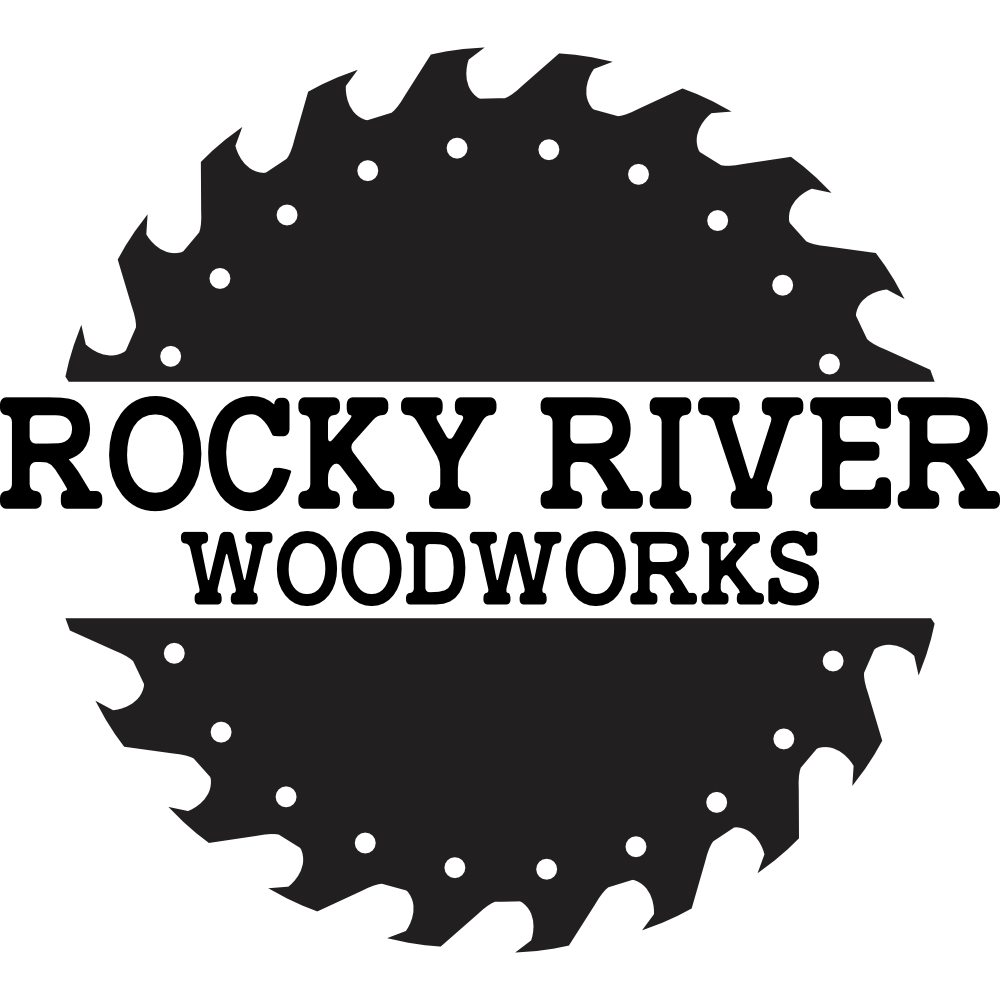6 Tips For Getting The Most Out Of Your Woodworking Tools & Machines
Woodworkers spend a lot of money investing in excellent machinery that will aid and assist in increasing production in their shop. Many of these machines are large in monetary value and are designed to last a very long time. In production woodworking environments, tools and machines can face extreme use. While it may be easy to lose sight of maintenance in efforts to focus on completing a commissioned project, failing to maintain tools can be catastrophic and end up costing a bunch of money. Here, we will discuss 6 ways to get the most of your expensive woodworking tools and machines.
Replacing Consumables
Many of the popular and highly-used woodworking tools accept some sort of consumable part. Consumable, in this sense, means a part of the tool’s system that is designed to be replaced regularly. Some examples of this are band saw blades, table saw blades, miter saw blades, router bits, drill bits, jointer knives, etc. Replacing your blades and bits often will provide a smoother operation of your machine in a way that enables the machine to not work as hard. If the blade or bit is dull, the machine’s motor is having to exert additional torque in order to keep up the RPMs. If you’ve ever noticed your planer “bogging down”, it could very well be because of dull blades.
Moving Parts
Many larger woodworking tools and machines have a least a few moving parts. These parts could be arbors, spindles, gears, bearings, and more. These moving parts are generally the parts of the machine that see the most wear and tear. After all, they are moving every time you turn on the machine. These moving parts are usually a point of failure if not maintained. These parts can accumulate dust or debris from the air in your shop, hindering the performance. Always ensure that the moving parts on your machine are maintained according to the machine manufacturer’s instructions. Generally, the recommendation for maintaining these parts consist of oiling, greasing, or dry-lubing the part. While inspecting the moving parts might not be a daily need, it is something to think about, especially when using the machines for a long period of time. Periodically inspecting and maintaining these moving parts will allow your machine to see the longest life possible, while maximizing performance.
Clean Surfaces
Cleaning the surfaces on your machine may not directly affect the performance of the machine, it can certainly increase the tool’s longevity. Cast iron surfaces on tools are the most guilty of becoming dirty or rusty. Cleaning any flat working surface will ensure the work surface is flat and provide the most accurate cuts when working with your material. If the flat working surfaces of your machines are neglected, debris and grime can build up on the surface, and over time, cause inaccuracies in your work.
Investigate
Woodworkers who have invested time and money into building out their shop with nice tools tend to fall in love with those tools. You begin to know all of the secrets of the tools, the feel, and the noise. A key aspect of getting the most out of your woodworking machines is to simply investigate the machine at the first sign of odd machine behaviors. If you are accustomed to the machine’s “normal” operating noises, yet notice something strange, stop using the machine and immediately investigate the weird noise. This can enhance the lifetime of the machine as problems that immediately get addressed will prevent long-term wear and tear.
Tool Storage
The storage of your tool or machine can be just as imperative to it’s longevity as the usage of the machine itself. Storing the tool is something you should think about after each and every time you finish using the machine. For example, consider storing the tool in a dry, clean environment. Tools that are stored in moist, humid environments are more susceptible to rust and mold. Storing tools in a clean area are also important. Try keep the shop dust and debris away from your machines. Dust that is embedded in the ambient air in your shop can work it’s way into greased parts of your machine and adhere to the grease. This will compound and possibly provide for moving part that doesn’t operate smoothly. While not all woodsheds are conditioned with heat and air, consider running a dehumidifier when able, and store machines inside, or at least under a cover where they aren’t exposed to the elements.
Stress-Free
This one is simple, don’t put unneeded, additional stress on your machines. This can mean many things. When operating the machines, don’t excessively “bog down” the machine. If the machine sounds like it’s working too hard, it probably is. While we all get impatient and simply want to finish the cut, consider the stress imposed on the machine. While it may not hurt the machine in the short-term, it can gradually hinder it’s performance over time. When running a power supply to the machine, consider allow freedom of movement within the machine’s supply cord or cable. Repeated stress on a machine’s supply cable can cause the fibers of the cable to become weak and eventually break. This allow can cause the cable to become frayed or cable insulators to become ineffective.
While this list isn’t fully comprehensive, it certainly consists of some basic items to consider when operating tools and machine in your wood shop. Though machines aren’t humans, they are hefty invests that work for you. Show them respect, love, and care, and they will stand a better chance of serving your needs correctly and performing the job you wish for them to perform.
